Correct me if I am wrong but so far, I've learnt that some ICs can source current while some can only sink (open-collector) while others can do both. And it is decided by looking at the datasheet, Ioh and Iol readings, which should be in mA values to glow an LED. But I sense I'm wrong since an LED should not be the only factor to decide sink/source concept. To add, Ioh and Iol can be of different values (like one in uA while other in mA), so it is not related to heat generated in the IC since heat generated is directly related to current in the IC. So my question is, what actually decides whether an IC will be able to sink or source while Voltage outputs for low and high states are similar for all of them! So what exactly decides whether the current will be uA even when output is high or in mA even when output is low?
[edit]We say that the IC is an open-collector, so even when the output is HIGH voltage output, it wont be able to source since Ioh will be in uA (like in case of 7489 RAM). So, what exactly decided this uA current while current should be related to external load resistance attached to output which is in our control. What exactly limits this current to uA? It should not be heat since in case of LOW state, current is in mA, which should actually burn the IC if we go by logic of heat for uA current in high state.

